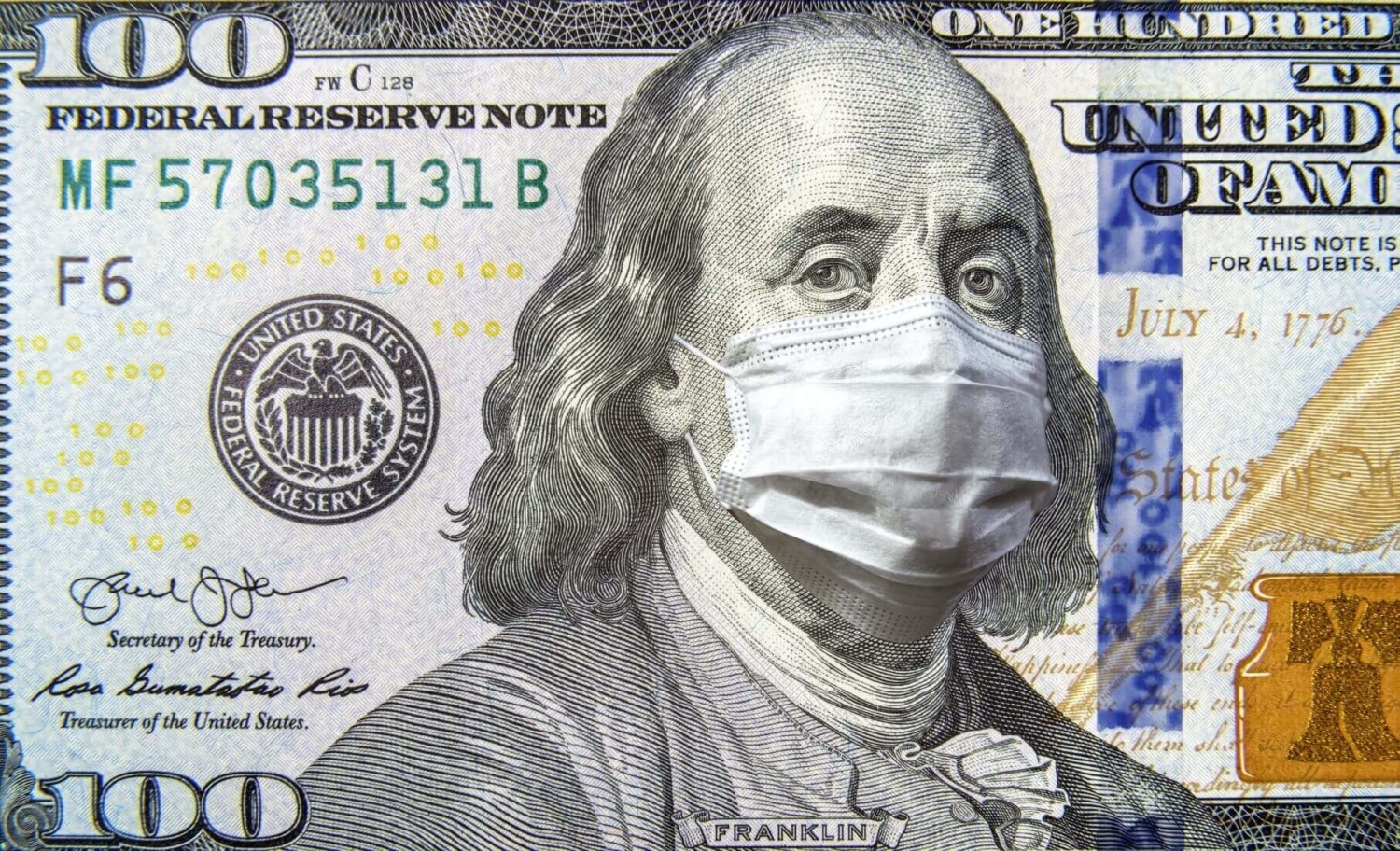Updated Premium Tax Credit FAQs

In February 2022, the Internal Revenue Service (IRS) released a fact sheet containing updated FAQs on the premium tax credit under the Affordable Care Act (ACA). The updated FAQs address changes for taxpayers for the 2020 and 2021 tax years, including those related to coronavirus (COVID-19) tax relief and the American Rescue Plan Act (ARPA).
Specifically, the IRS updated the following FAQs:
- The Basics FAQs: Q1, Q3, Q4
- Eligibility FAQs: Q5, Q7, Q8, Q9, Q11
- Reporting, Claiming and Reconciling FAQs: Q24, Q26, Q27
- Suspension of Repayment of Excess Advance Payments of the Premium Tax Credit (Excess APTC) for Tax Year 2020 FAQs: Q33
The IRS also added additional FAQs (Q38 through Q45) addressing unemployment compensation for 2020 and 2021.
Overview of the Updated Guidance
The ARPA suspended the requirement that taxpayers repay any excess APTC they received for the 2020 tax year. A taxpayer’s excess APTC is the amount by which the taxpayer’s APTC exceeds the premium tax credit amount he or she is actually entitled to, based on his or her actual income for the year.
In addition, the ARPA temporarily expanded eligibility for the premium tax credit for tax years 2021 and 2022, by eliminating the requirement that a taxpayer’s household income may not be more than 400% of the federal poverty line. The ARPA also allowed an exclusion of up to $10,200 of unemployment compensation in 2020 on an eligible taxpayer’s 2020 tax return, which may affect their premium tax credit amount for 2020.
The ARPA suspended the requirement that taxpayers repay any excess advance payments of the premium tax credit for 2020.
Highlights
- The IRS’ fact sheet addresses FAQs regarding filing individual tax returns that include premium tax credit issues.
- The FAQs detail how receiving unemployment compensation in 2020 or 2021 affects household income.
- The FAQs provide general information but will not be relied upon by the IRS to resolve an individual’s case.

 Prev
Prev

